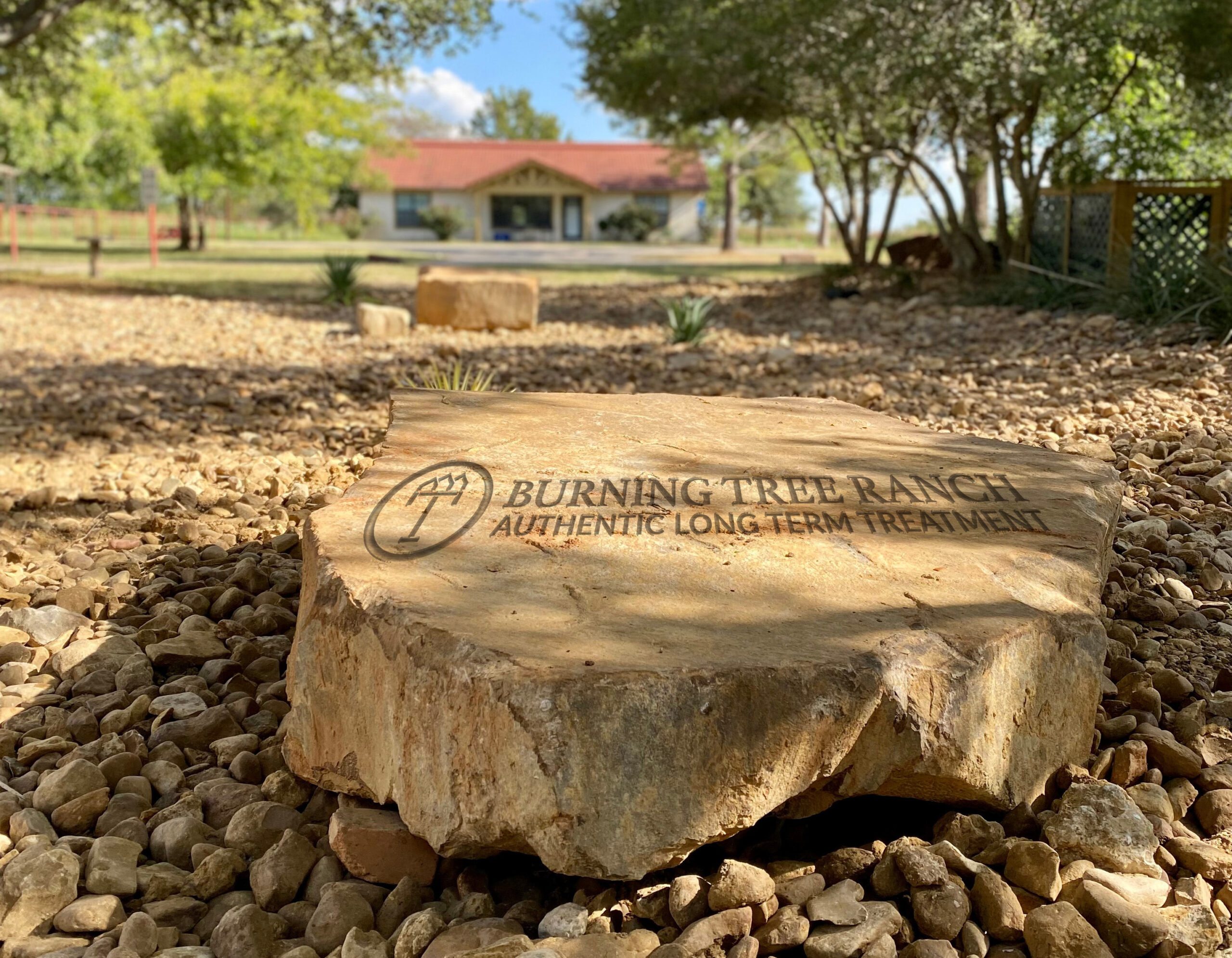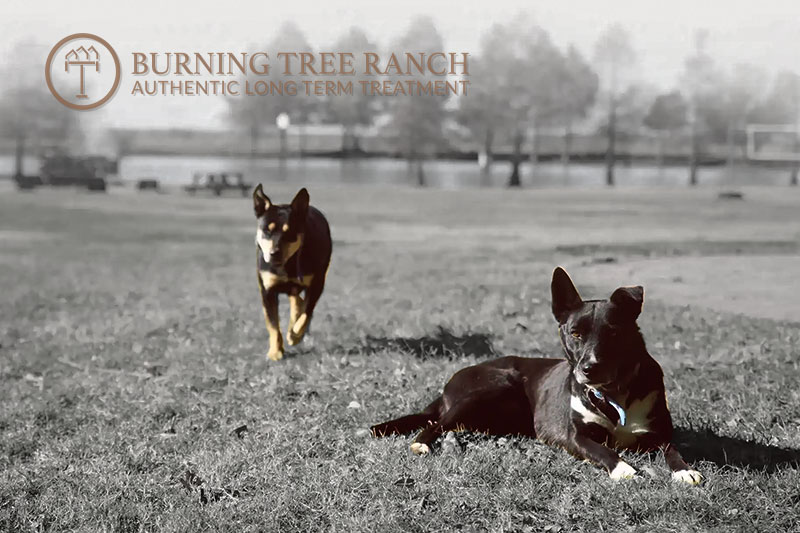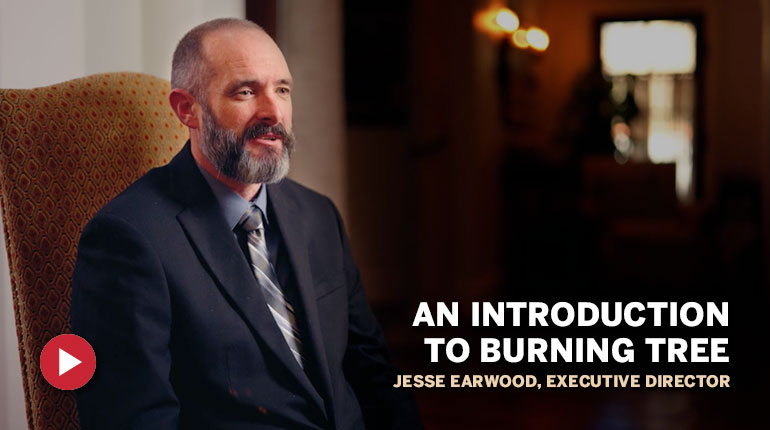Substance / Medication Induced Bipolar Disorder & Substance Abuse in a Dual Diagnosis
The DSM-5’s classification of Bipolar I Disorder highlights its complexity, characterized by intense manic episodes and often severe depressive episodes. Distinguishing Bipolar I from Bipolar II is crucial for effective treatment, given Bipolar I’s hallmark manic episodes.
Substance & Medication-Induced Bipolar and Related Disorder: A DSM-5 Overview
The DSM-5 classifies Substance/Medication-Induced Bipolar and Related Disorder as a condition where significant mood disturbances, including manic, hypomanic, or depressive episodes, are directly caused by the physiological effects of a substance.
This includes drugs of abuse, medications, toxins, or other treatments. It’s distinguished from primary bipolar disorders by the temporal relationship between substance use and the onset of mood symptoms.
Key Features of Substance & Medication-Induced Bipolar and Related Disorder
Direct Causation: The mood disturbance is directly related to a substance’s ingestion, injection, or absorption.
Types of Mood Episodes: These can manifest as manic, hypomanic, or depressive episodes, or a combination thereof, depending on the substance involved.
Temporal Relationship: Symptoms develop during or soon after substance intoxication or withdrawal or after exposure to a medication.
Exclusion of Other Disorders: The disturbance is not better explained by a bipolar or related disorder that is not substance/medication-induced. Symptoms do not occur exclusively during delirium.

Facts and Insights
Substances Involved
Common substances that can induce bipolar-like symptoms include stimulants (e.g., cocaine, amphetamines), steroids, antidepressants, and alcohol.
Differentiation
Distinguishing this disorder from primary bipolar disorders is crucial, significantly since treatment approaches may vary. A detailed history of substance use and careful observation of whether mood symptoms precede substance use or emerge during substance use is essential for accurate diagnosis.
Treatment Implications
Addressing substance use is a primary focus in treatment, alongside managing the mood symptoms. This may involve detoxification, substance use disorder treatment, and mood-stabilizing medications.
Differentiating from Other Bipolar and Related Disorders
Understanding Substance/Medication-Induced Bipolar and Related Disorders is critical for providing appropriate treatment and support. This diagnosis underscores the complex interplay between substance use and mood regulation, highlighting the need for comprehensive assessment and tailored intervention strategies to address both the mood disturbances and the underlying substance use issues effectively.
Temporal Sequence
A key differentiator is the timing of the mood disturbance around substance use. If mood symptoms persist beyond the expected duration of the substance’s effects or withdrawal, a primary bipolar disorder might be considered.
Substance History
A key differentiator is the timing of the mood disturbance about substance use. If mood symptoms persist beyond the expected duration of the substance’s effects or withdrawal, a primary bipolar disorder might be considered.
Previous Mood Episodes
The absence of manic or depressive episodes before substance use supports a diagnosis of substance/medication-induced disorder rather than a primary bipolar disorder.

around substance use.
Chemical Catalysts: How Drugs Can Spark Bipolar-Like Episodes
Substance/Medication-Induced Bipolar and Related Disorder arises when the ingestion of certain substances leads to significant mood disturbances that mimic bipolar disorder.
The substances most commonly implicated in inducing such bipolar-like symptoms vary in their effects and include both illicit drugs and prescribed medications. Understanding the specific substances and their impacts is crucial for diagnosis and treatment.
Commonly Abused Substances
- Stimulants (e.g., Cocaine, Amphetamines, Methamphetamine):
- Effects: Can induce manic-like episodes characterized by elevated mood, increased energy, reduced need for sleep, and heightened impulsivity.
- Statistics: Stimulant abuse is prevalent across various age groups but is notably significant among young adults (ages 18-29).
- Sex-Specific Information: Males may have a slightly higher rate of stimulant abuse, contributing to the risk of substance/medication-induced mood disturbances.
- Corticosteroids:
- Effects: Prescribed for a range of inflammatory and autoimmune conditions, corticosteroids can lead to mood swings, manic symptoms, or even depressive episodes.
- Facts: The risk of mood disturbances increases with higher doses and prolonged use of corticosteroids.
- Alcohol:
- Effects: While initially depressant, chronic alcohol use can lead to mood instability, contributing to both depressive and manic symptoms upon intoxication or withdrawal.
- Age and Sex-Specific Information: Alcohol use is widespread across ages, with a higher prevalence of abuse among men; however, women with alcohol use disorders may experience more rapid progression to dependency and related health issues.
- Hallucinogens (e.g., LSD, Psilocybin):
- Effects: While less commonly associated with bipolar-like symptoms, hallucinogens can lead to significant mood alterations and psychosis, which may be mistaken for manic episodes.
- Facts: The use of hallucinogens is more common in younger adults, often associated with experimentation.
- Antidepressants:
- Effects: In some individuals, particularly those with a predisposition to bipolar disorder, antidepressants can impact manic or hypomanic episodes.
- Important Information: Monitoring for mood swings is crucial when initiating antidepressant therapy, especially in those with a history of mood disorders or undiagnosed bipolar disorder.

The Impact of Substance Abuse & Bipolar Symptoms
Understanding the role of substance abuse in inducing bipolar and related disorders underscores the importance of comprehensive assessment and treatment strategies. Addressing the substance use is paramount, along with managing the mood symptoms, to ensure adequate recovery and stabilization.
Types of Substance
The type of substance used can significantly influence the nature of the induced mood episodes. For instance, stimulants are more likely to induce manic or hypomanic episodes, while withdrawal from substances like alcohol may more commonly precipitate depressive episodes.
Age and Sex Considerations
Young adults are particularly vulnerable to substance-induced mood disturbances due to higher rates of substance use and experimentation. Men are generally more likely to abuse substances, though the impact of substance use on mood can be profound for both sexes.
The Role of Substance Abuse in Mood Disorders: Effective Treatment Strategies
In summary, the DSM-5’s classification of Substance/Medication-Induced Bipolar and Related Disorder highlights the significant impact that certain substances can have on mood regulation, leading to episodes that mimic bipolar disorder.
From stimulants and corticosteroids to alcohol and antidepressants, the range of substances capable of inducing bipolar-like symptoms underscores the need for careful assessment and diagnosis in individuals presenting with mood disturbances.
This overview emphasizes the importance of distinguishing between primary bipolar disorders and those induced by substance use, as this differentiation is crucial for tailoring effective treatment strategies.
Recognizing the role of substance abuse in mood disorders not only aids in appropriate clinical management but also in the development of preventive measures to mitigate the risk of induced bipolar and related disorders, ensuring a more targeted and successful approach to mental health care.





